Ho Chi Minh City needs about 5 million billion VND to invest in infrastructure and urban development in the next 5 years. So how will the city mobilize it?
Speaking with Giao Thong Newspaper, Dr. of Science and Architect Ngo Viet Nam Son said that mobilizing this amount of money is not too difficult if there is a suitable approach.

Architect Ngo Viet Nam Son.
Attractive enough mechanism will have investors
- 5 million billion VND is a huge number and the budget certainly cannot handle it. In your opinion, how can Ho Chi Minh City mobilize this capital to invest in infrastructure?
I understand that Ho Chi Minh City is proposing and the Government should agree to allow the city to establish an infrastructure investment corporation with a capital scale of tens of billions of USD.
This is a corporation with the participation of the State and investors, but the State plays the leading role. This model is used by many countries and is very successful.
- If this model is implemented, how will it operate, sir?
When implementing a project, the State will take care of the procedures and policies, while the investor will take care of the capital. If there is a lack of capital, bonds can even be issued to mobilize capital. This also makes investors feel secure, because they are not "lonely", or at risk when a certain State policy changes. Because when the policy changes, the State also suffers losses.
The formation of this group is not only beneficial for Ho Chi Minh City but also for the whole country, because if successful, the model can be replicated.
This group is responsible for carrying out tasks such as compensation and clearance according to market mechanisms and mobilizing investment capital. When the project is profitable, the investor makes a profit and the State has investment capital for the next projects.
For example, when implementing a metro project, they will unify the technology of all lines in sync with each other, there is no such thing as this line using Japanese technology, the other line using technology from another country. Or from this group, subsidiaries are formed specializing in investing in TOD infrastructure to attract capital; another branch specializes in metro industry, manufacturing locomotives and wagons, repairing and maintaining the entire city metro system...
When urban areas are formed along metro lines and traffic routes, the number of passengers will increase, the State will have to reduce losses, so the State will also benefit.
- That said, to attract large capital sources, there must be mechanisms and policies that make investors feel attractive enough?
That's right. Investors only get involved when they see profits and potential. They cannot confidently invest if they are still uncertain about the mechanisms and policies.
Need to effectively implement TOD model
- In your opinion, how significant is the operation of metro projects in attracting investment capital to develop infrastructure for the city?
Investing in a metro system for Ho Chi Minh City is a matter of the future, 10 or 20 years from now. While metro line 1 has been completed, the potential for TOD (urban development oriented towards public transport development) is only 20%. If done well, mobilizing capital of millions of billions of VND is not too difficult.

If the TOD model along metro lines is well exploited, mobilizing millions of billions of VND in capital from Ho Chi Minh City is not too difficult. Photo: PV
- With metro line 1 already in operation, how do you evaluate the exploitation of the advantages that this line brings?
Metro line 1 has just been put into operation and has attracted people. But I went and observed, there were many passengers but 80% were just going for the experience, not many people were actually going to work or to do their jobs.
To attract passengers, urban areas must be built along the route according to the TOD method. Some areas have been formed along the route such as Ba Son, Thao Dien... but I estimate that it is only about 20%, there is still a lot of vacant land. Here, not only the land around the stations, but also along the corridor of 17 bus routes connecting to the metro stations, the land fund can be exploited according to the TOD method.
Land areas currently under construction of low-rise buildings and old, degraded residential areas can be completely re-planned, invested in high-rise buildings, and compact urban areas can be built to attract residents.
The state and investors combine, compensate according to market price, investors make a complete profit. In areas like Masteri Thao Dien, house prices are increasing rapidly. Projects in An Phu, Mai Chi Tho street have just built the foundation but the selling price is hundreds of millions of dong per square meter, thanks to the effect of the metro.

According to experts, large enterprises can completely participate with the city in urban development along metro line 1 and make good profits.
- For large infrastructure projects, how important is the support of large investors? Should the city boldly assign work to them?
Large enterprises such as Vingroup, Sungroup… can completely join the city in developing urban areas along Metro Line 1 and make good profits. When the population is concentrated, there are many passengers using the metro, the budget will reduce losses.
Here I want to emphasize that the city is implementing plans to build other metro lines in the next two decades. Whatever you do, do it, but with metro line 1 completed and put into operation, fully exploiting the TOD model along metro line 1 is very necessary.
In particular, when the TOD model along metro line 1 is effectively developed, the capital gain will be not small. At that time, attracting 5 million billion VND in investment capital for the city's transport infrastructure in the coming years will be feasible.
- Ho Chi Minh City has just added two more metro lines from the city center to Can Gio and Cu Chi. What do you think about this addition to the plan?
Ho Chi Minh City is a megacity, building a public transport network is a strategic issue. Scientifically, when implementing a metro project, some basic conditions and foundations are needed to be effective. For example, the first criterion for building a metro is that the city must have a population of over one million people.
It costs tens of thousands of billions of dong to build metro line 1. But it is not just about spending money to build infrastructure, but the operation process for tens or hundreds of years afterwards is very costly. On average, if a metro line runs well, even if it is crowded, the city can still have to lose millions of dollars each year.
Thank you!
At the conference announcing the planning of Ho Chi Minh City for the period 2021-2030, with a vision to 2050, held on January 4, Chairman of the Ho Chi Minh City People's Committee Phan Van Mai said that the key projects in the planning period include: Construction of the Ho Chi Minh City - Moc Bai Expressway, Ring Roads 2, 3, 4 and 4 large bridges (Can Gio, Thu Thiem 4, Dong Nai 2, Phu My 2).
At the same time, the city needs to invest in the Thu Thiem - Long Thanh railway, Ho Chi Minh City - Can Tho, 7 urban railway lines, Can Gio international transit port, Nha Rong - Khanh Hoi international passenger port, Phu Thuan.
In the urban sector, Ho Chi Minh City prioritizes the completion of the development of Thu Thiem, Binh Quoi - Thanh Da, Truong Tho, Hiep Phuoc urban areas and Can Gio coastal urban area. Some other major projects include an international financial center, a fair and exhibition center, a logistics center, a free trade zone, Rach Chiec sports complex, a multi-purpose art center, etc.
To effectively implement the planning of Ho Chi Minh City, it is necessary to implement 7 main solutions on: Mobilizing and using resources, attracting investment; developing human resources; science and technology, innovation, digital transformation; environmental protection; regional connectivity and international cooperation; urban and rural sustainable development and management; urban and rural sustainable development and management.
Source: https://www.baogiaothong.vn/tphcm-huy-dong-5-trieu-ty-dau-tu-ha-tang-the-nao-192250110123618131.htm



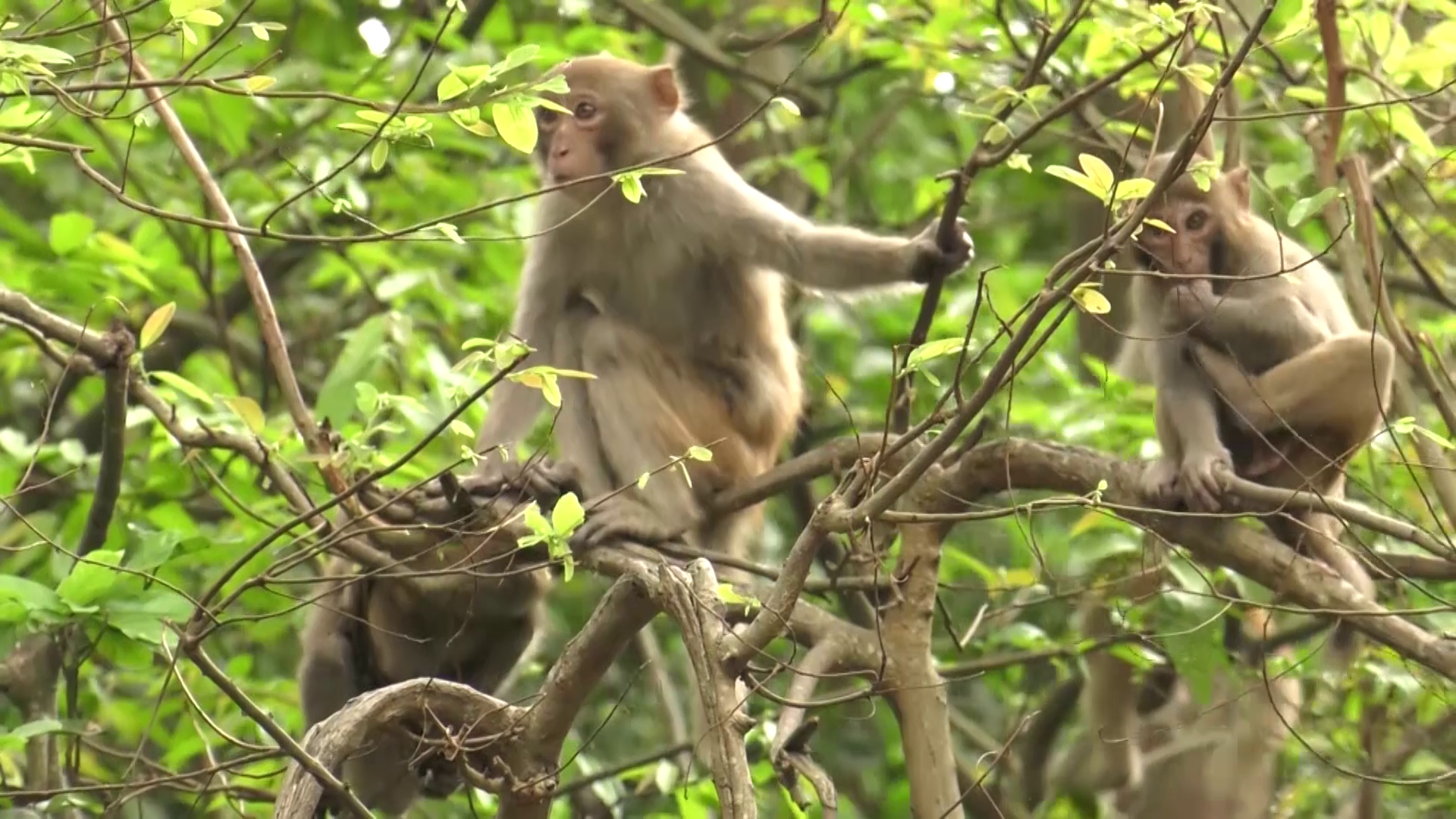






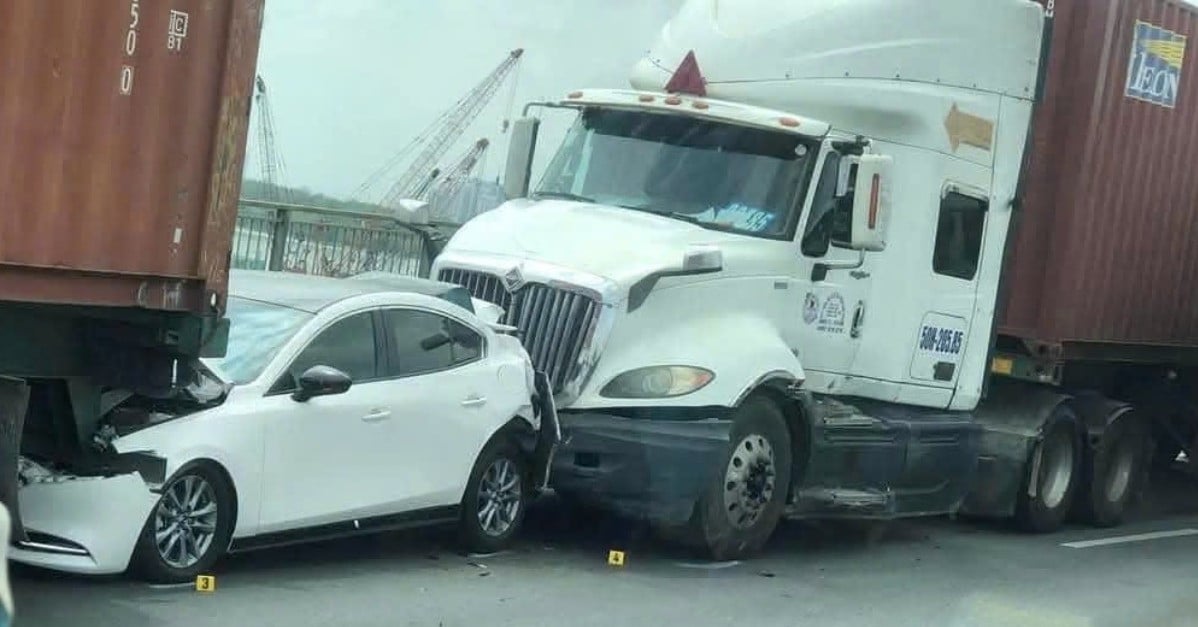

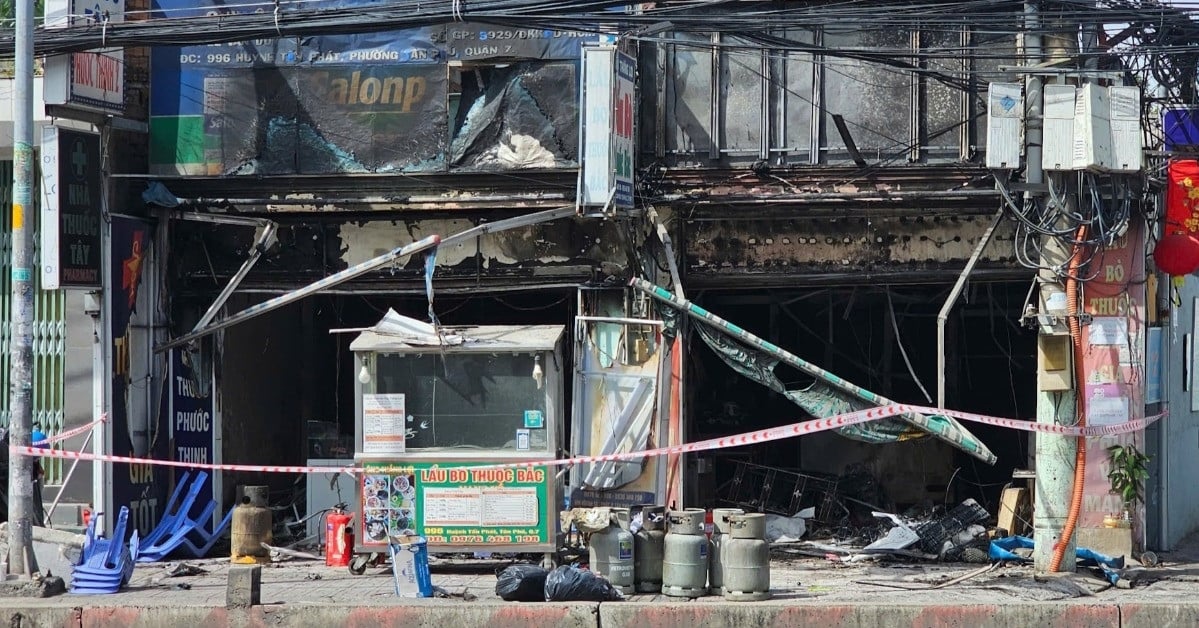
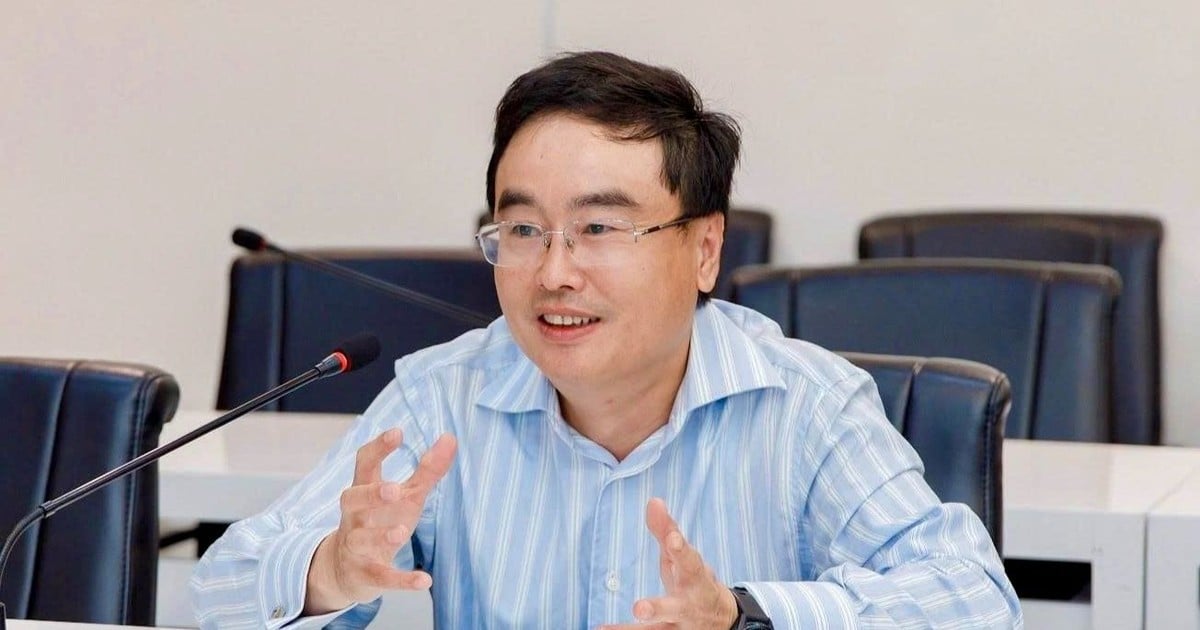

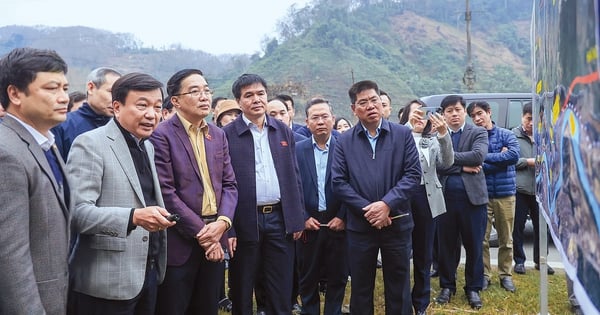





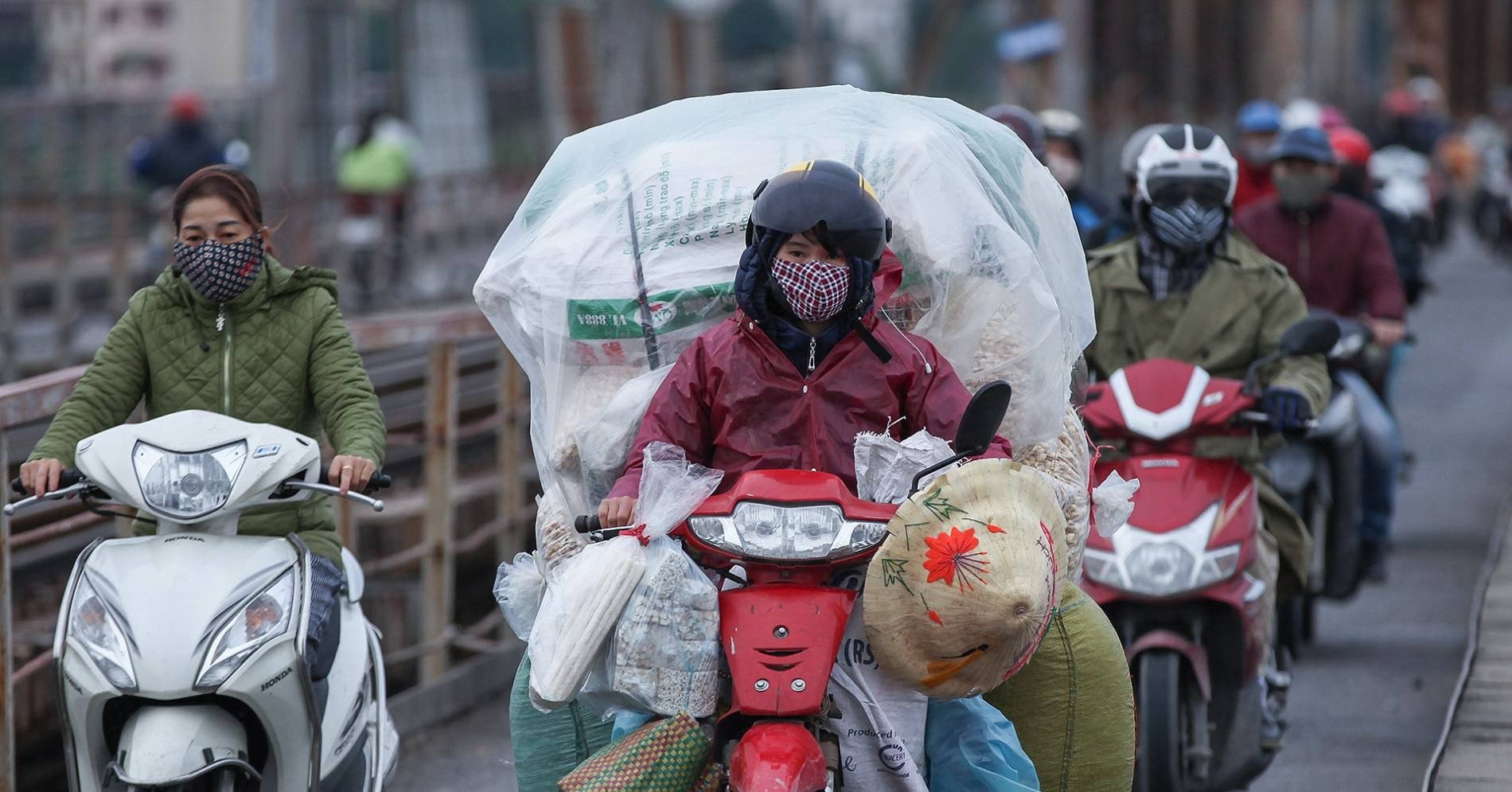
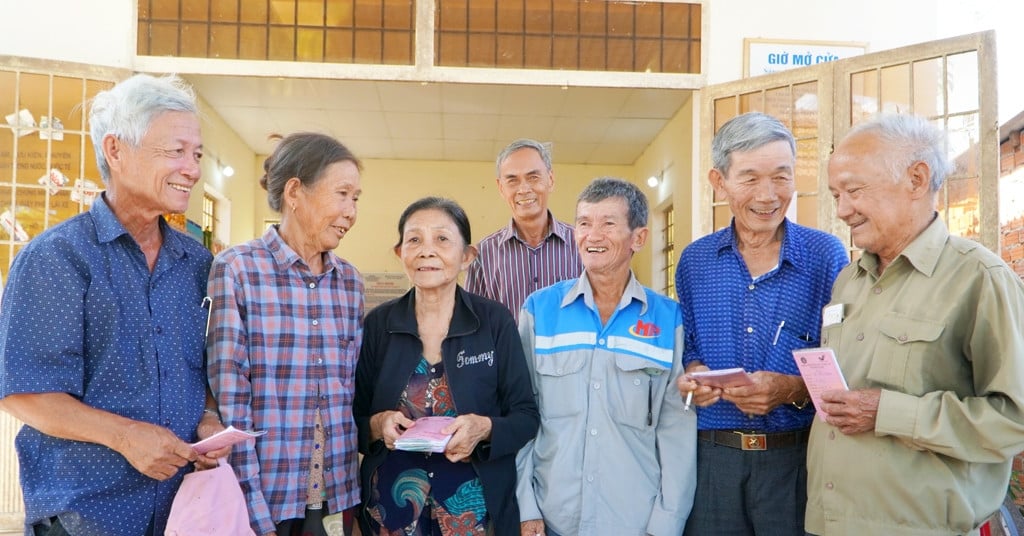
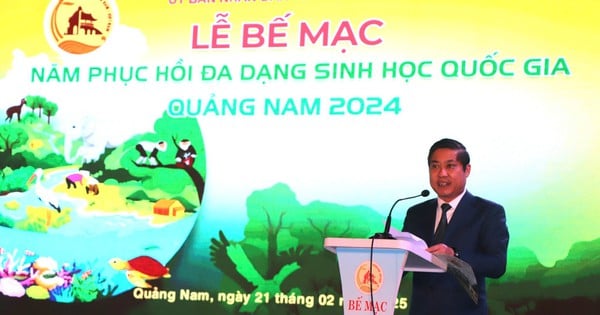

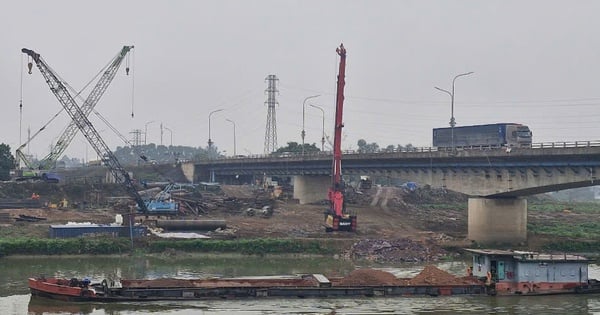
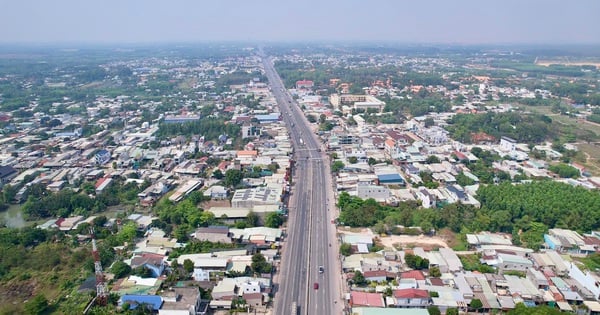
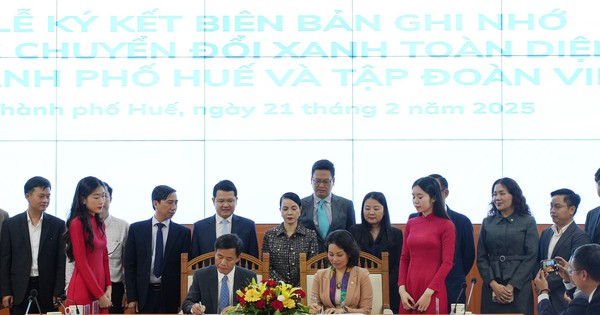
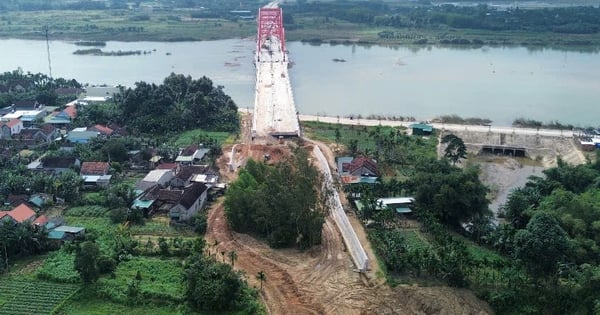
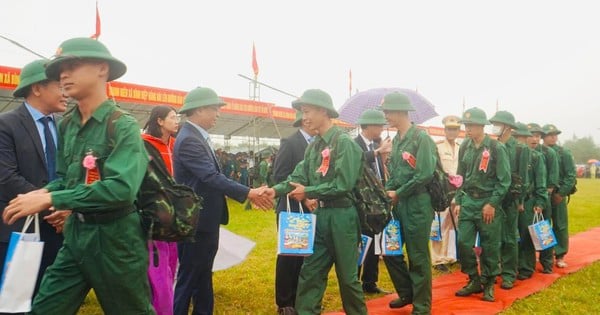
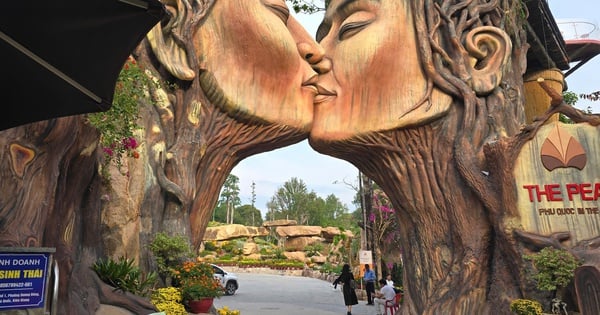
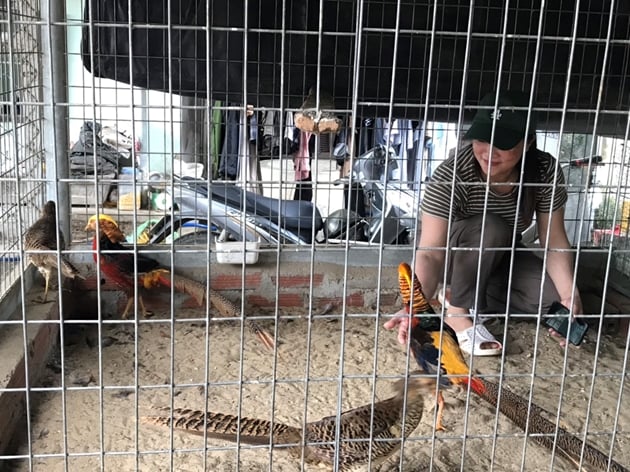


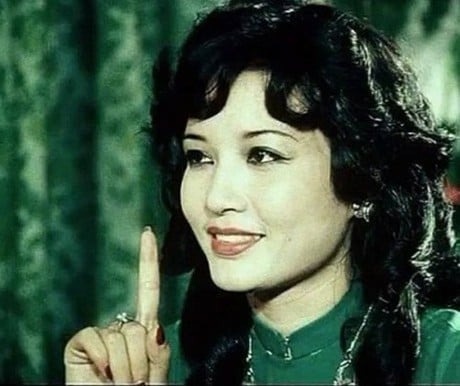


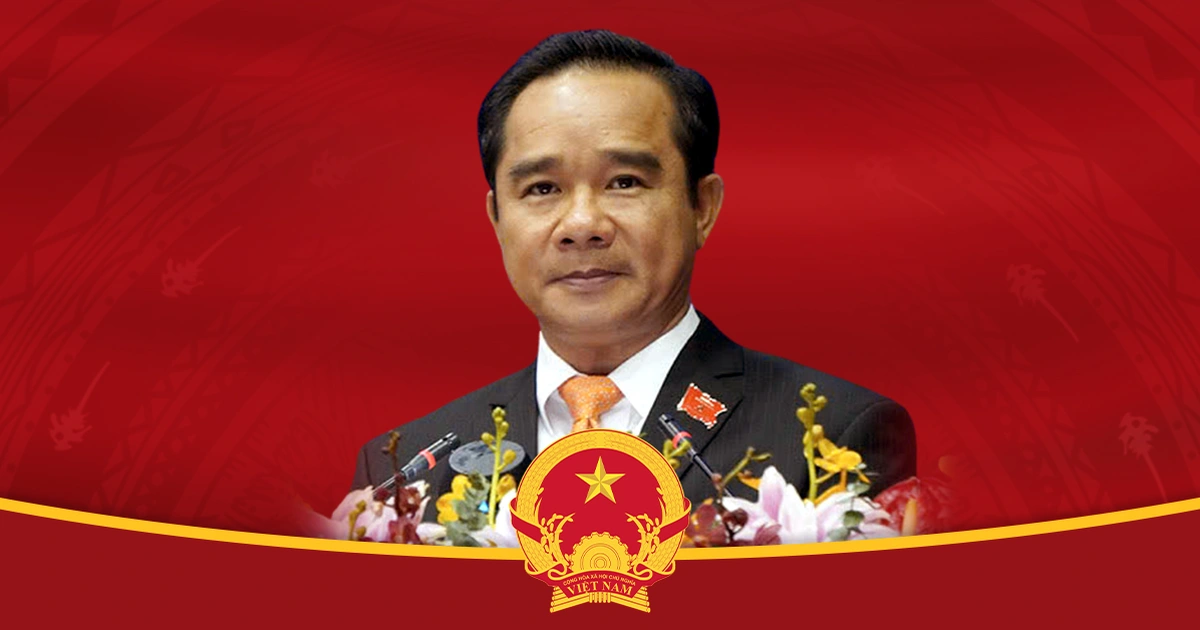



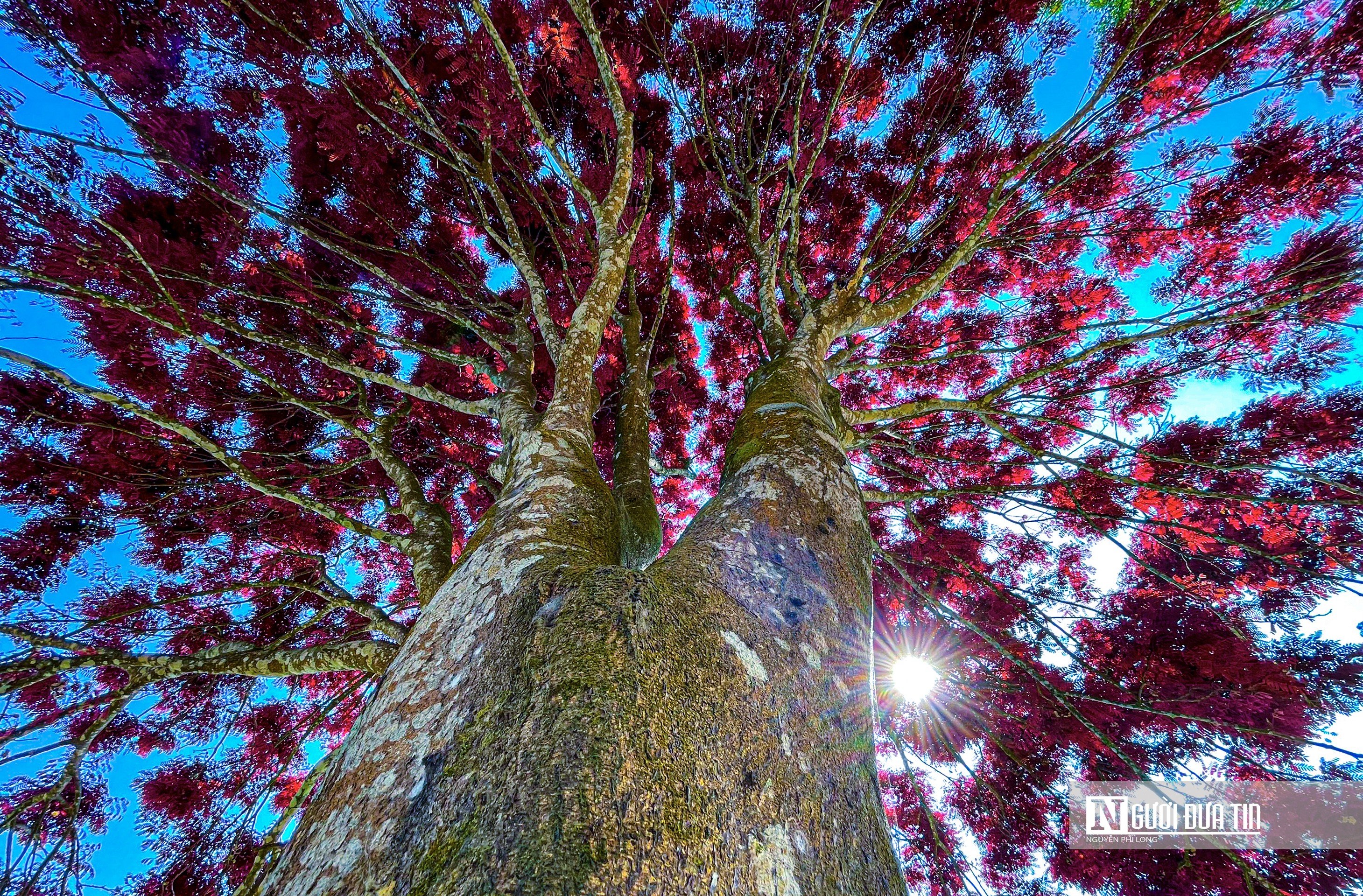
Comment (0)